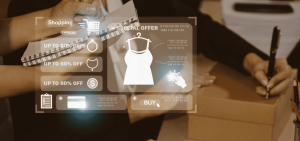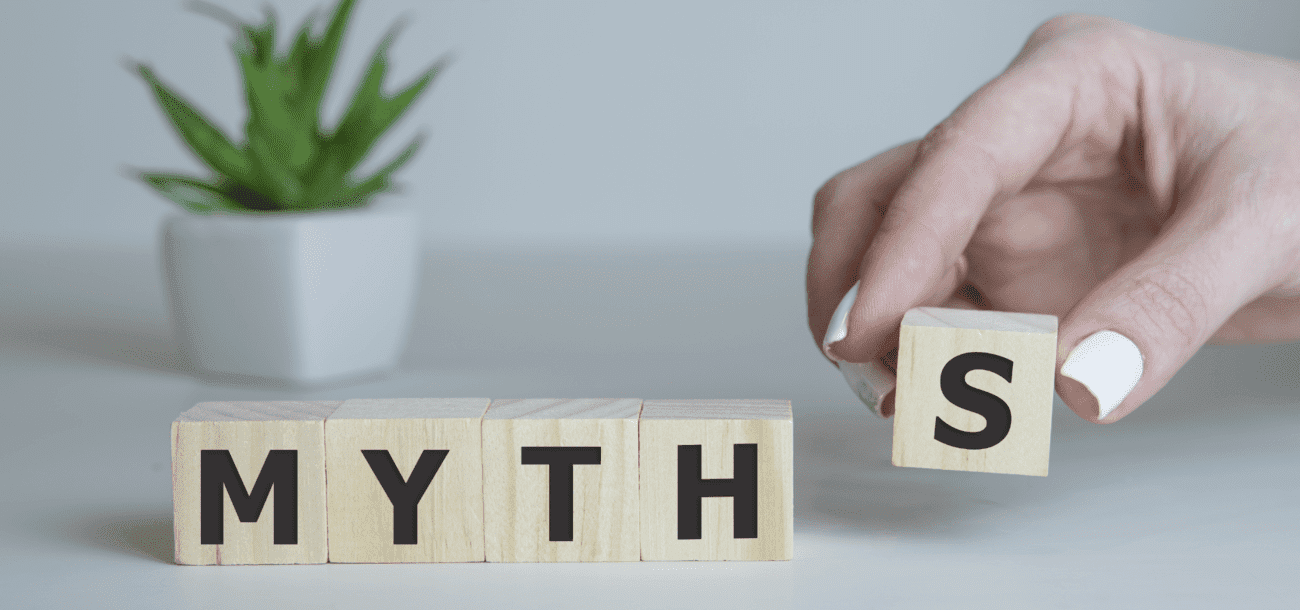Psychological pricing is when you price your products to psychologically or subconsciously influence your customers to spend more. The human mind is an ever-evolving, highly influenced, mysterious thing. While there are ways to influence your customers subconsciously to purchase your product, there are some Pricing Techniques that seem to work but in reality, don’t.
Summary
• Odd pricing has its charms but customers soon grow wary of them.
• The cheapest is not always the best, pricing too low can lead customers to question the quality of the product.
• While low prices can lead to an increase in sales, personalised prices and promotions will help achieve a consistent increase in sales.
• Customers tend to get suspicious products that are heavily discounted, it’s therefore important to balance discount rates based on product perception
• Investing in price optimisation will allow you to take business based on multidimensional data including past and current competitor prices, promotions, stock status, and competitors’ customer experience
|
Prices ending in 9 or 7 result in higher sales
2 or 3 decades ago a marketing expert suggested that prices that end with 7 result in higher sales compared to any other number. And so was born the concept of odd pricing. The twist here, however, is that prices that end with 7 or 9 like $4.97 or $499 either performed similarly or no better than prices that ended with any other number like $8.22 or $385.
While odd pricing has its charms initially, customers soon learn to be wary of them and in fact, studies suggest that customers are more likely to choose a product with a rounded price over one with odd pricing.
Pricing lower than competitors will help in customer acquisition
It is a common misconception that customers are looking for the cheapest option. On the contrary, customers perceive cheaper products as lower quality products. For this reason
Furthermore, research suggests that over 80% of customers are willing to pay more for a better customer experience, 43% of customers will pay more if offered greater convenience, and 42% of customers will pay more if the shopping experience is more positive and friendly. You can easily price your products higher than your competitors and still acquire more customers by providing a personalised, convenient, and positive shopping experience.
Lower prices lead to higher sales volume
Research suggests that 49% of shoppers will make an impulse purchase after a personalised suggestion or promotion and 42% of these customers are likely to turn into repeat shoppers after a personalised shopping experience like a promo code after their first purchase or during delivery.
This means promotions and shopping experiences greatly impact the volume of sales and customer acquisition. This does not mean that price is any less of a factor while making purchase decisions but that you can sell at a higher margin and still drive sales through personalised promotions and customer experience. This way your business can be popular and profitable at the same time.
Introduce at a low price to acquire market share
Penetration pricing aka initially setting a low price and then increasing the price gradually as the product gains a footing in the market is a popular pricing strategy used in retail. However, it is not always the best idea. As discussed above, a low price does not necessarily mean more sales, and pricing below the consumers’ perceived value of the product can negatively impact how your product and brand itself are perceived.
In times like these when customers are very savvy and where trust and loyalty are deciding factors in the success of a product or brand, being upfront about the cost of the product while providing added value to influence people to purchase would help you gain market share and improve customer experience without compromising on your margins.
The higher the discount higher the sale
This is especially false for luxury brands and prestige-sensitive products. Customers are willing to pay a higher price for prestige-sensitive products because of the exclusivity and status it provides them in their social circle. When luxury brands start offering their products at a lower price, studies suggest that customers perceive them as inferior, out-of-season, or less popular and therefore do not desire them.
Similarly, running discounts or promotions often and/or for extended periods will encourage the customers to wait for the promotion period to make purchases thereby causing significant dips in sales during non-promotion periods.
Price optimisation is too expensive and time-consuming
This is true only if you consider doing it manually. Furthermore, in a sector as aggressively competitive as retail, not investing in price optimization can cost you dearly in the long run.
By leveraging technology, you can optimise the prices of your products based on multiple factors such as current competitor prices, promotions, stock status, and competitors’ customer experience. AI-driven price intelligence software like pricechecker which cater to small and medium-sized retail businesses allows you to make data-driven market forecasting and pricing decisions. The ROI in price intelligence software is both immediate and significant.
Final word
While psychological pricing strategies have plenty of merits, it is important to understand your customers, your competitors, and your industry to identify the right pricing strategy for your business and products.
The most efficient way to do this is by investing in a price intelligence software that allows you to monitor and analyse your competitors’ prices, promotions, stock status, and customer behaviour, and compare them with yours so you can tailor your pricing and promotion strategies, and manage your inventory intelligently.





